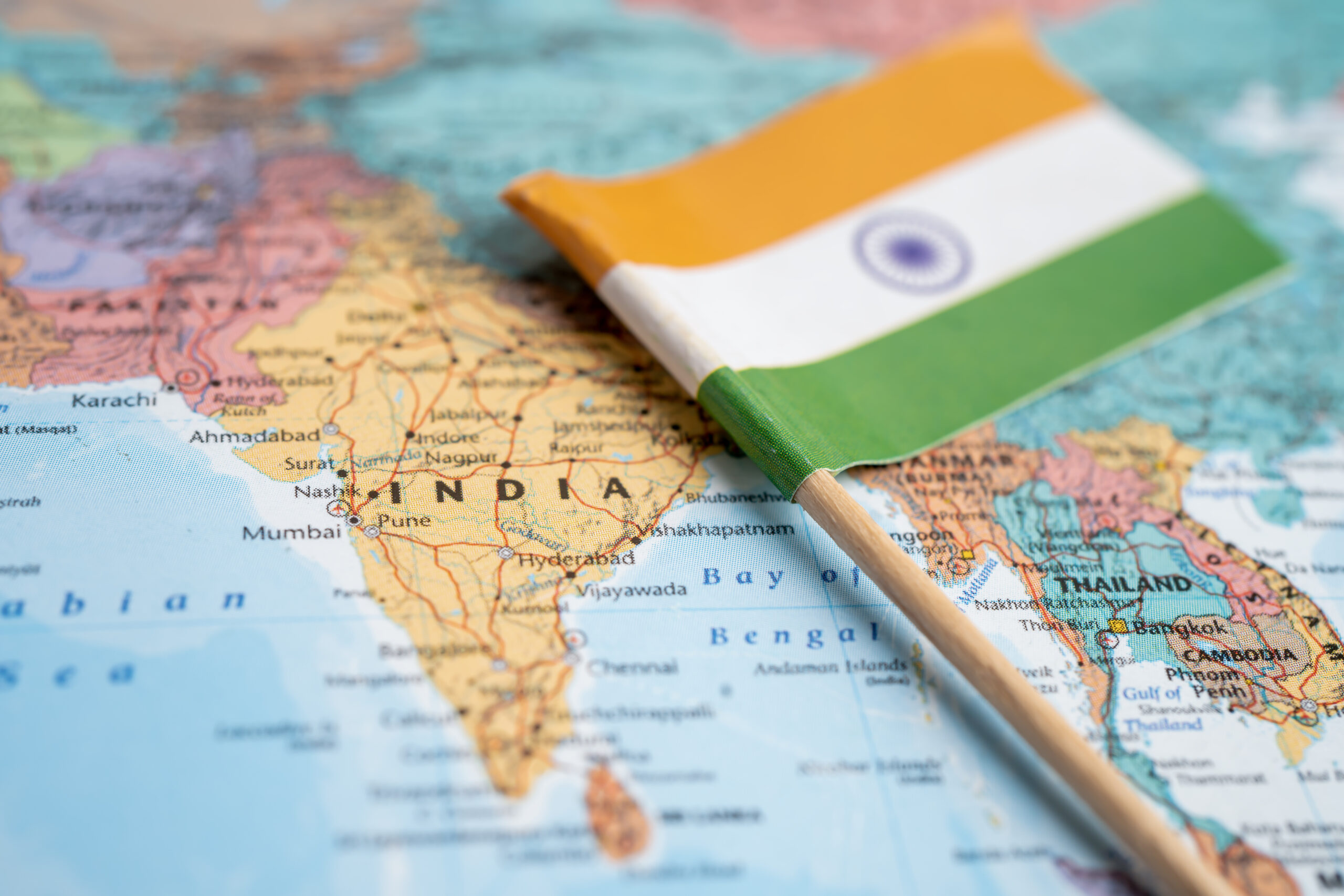
Ensuring Women’s Safety When Traveling to India
The recent harrowing incident involving a travel vlog couple in India has once again brought to the forefront the critical issue of women’s safety while traveling in the country. In a tragic turn of events, the couple, who embarked on a mission to visit every country in the world, found themselves in a nightmare scenario during their latest destination in India. They announced from a hospital that the man had been brutally beaten up, while his partner had endured the horrific ordeal of being gang-raped by seven men.
This appalling incident serves as a stark reminder of the pervasive risks faced by women travelers in India and underscores the urgent need for action to address this pressing concern. In response to such distressing events, it becomes imperative to delve into the complexities of women’s safety in India, examining statistics, challenges, and practical strategies to empower women travelers and ensure their security while exploring the country’s diverse landscapes and rich cultural heritage.
India, with its vibrant culture, diverse landscapes, and rich history, has long been a magnet for travelers seeking unforgettable experiences. However, alongside its allure, concerns about women’s safety have increasingly become a focal point, particularly in light of reported cases of gang rapes and sexual violence. In this article, we delve into the complexities of this issue, exploring statistics, challenges, and practical strategies for women travelers to navigate their journeys with confidence and security.
The statistics surrounding sexual violence in India paint a sobering picture. According to the National Crime Records Bureau (NCRB), close to 32,000 cases of rape were reported in 2021 alone or around 87 rape cases a day on average. This figure represents only a fraction of the actual incidents, as many cases go unreported due to social stigma, fear of reprisal, or lack of faith in the justice system. Among these cases, gang rapes stand out as particularly heinous crimes, leaving indelible scars on victims and their communities. It’s essential to recognize that these statistics reflect the severity of the issue and the urgent need for action.
The brutality of certain high-profile cases has thrust the issue of women’s safety in India into the global spotlight. The 2012 gang rape and subsequent death of a young woman in Delhi sparked nationwide protests and ignited an international outcry. While such incidents serve as wake-up calls, they also underscore the systemic nature of gender-based violence and the urgent need for comprehensive solutions. These cases highlight the importance of addressing not only the immediate perpetrators but also the underlying societal attitudes and systemic failures that perpetuate violence against women.
In response to mounting concerns, the Indian government has enacted various legislative and policy measures aimed at combating sexual violence and ensuring women’s safety. Stricter penalties for perpetrators, initiatives to enhance women’s access to justice, and awareness campaigns have been implemented to address the root causes of gender-based violence. However, the effectiveness of these measures remains a subject of debate, and challenges persist in implementation and enforcement. While policy changes are crucial, there is a need for sustained efforts and community engagement to create meaningful change at all levels of society.
Despite the challenges, women can take proactive steps to enhance their safety while traveling in India.
1.) Research and Planning:
Thorough research and planning before embarking on a journey can provide valuable insights into local customs, laws, and safety tips specific to different regions. Understanding cultural norms and potential risks empowers women to make informed decisions and navigate unfamiliar environments with confidence. It’s essential to seek information from reliable sources and to remain open-minded and respectful of local customs and traditions.
2.) Vigilance and Awareness:
Remaining vigilant and trusting one’s instincts are essential components of personal safety. Avoiding poorly lit or isolated areas, especially at night, and staying alert to surroundings can minimize the risk of encountering potentially dangerous situations. It’s crucial to pay attention to one’s surroundings, avoid excessive alcohol consumption, and trust gut instincts if a situation feels uncomfortable or unsafe.
3.) Communication and Connectivity:
Keeping friends, family, or trusted contacts informed of travel plans and regularly checking in with them can provide an added layer of security. Sharing location updates, establishing a buddy system with fellow travelers, and carrying a fully charged mobile phone can facilitate quick communication in case of emergencies. It’s also advisable to familiarize oneself with local emergency numbers and to keep important documents and contact information secure.
4.) Utilizing Safe Transportation Options:
Opting for reputable transportation services, such as registered taxis or ride-sharing apps, can reduce the risk of encountering unsafe situations while commuting within cities or between destinations. Women should prioritize safety over cost or convenience when choosing transportation options and consider sharing rides with trusted companions whenever possible. It’s essential to verify the legitimacy of transportation providers and to avoid traveling alone late at night, especially in unfamiliar or remote areas.
5.) Seeking Support and Assistance:
In the unfortunate event of harassment or assault, women travelers should not hesitate to seek assistance from local authorities, embassy officials, or organizations specializing in women’s safety and support services. Knowing how to access help and resources can be instrumental in navigating challenging situations and seeking recourse. It’s essential to report incidents promptly, preserve evidence if possible, and seek medical attention and emotional support as needed. Additionally, seeking assistance from fellow travelers, hotel staff, or other trusted individuals can provide immediate support and assistance in difficult situations.
While the prevalence of gang rapes and sexual violence in India remains a significant concern, it’s essential to recognize that such incidents do not define the country as a whole. Millions of women travel to and within India safely each year, forging unforgettable memories and experiencing its myriad wonders. By staying informed, vigilant, and proactive about personal safety, women can navigate their journeys with confidence and resilience, contributing to a more inclusive and secure travel environment for all. Empowering women to travel safely requires a multifaceted approach that addresses societal attitudes, systemic inequalities, and individual behaviors. Through collective efforts and ongoing dialogue, we can work towards creating a more equitable and safer world for women travelers everywhere.




